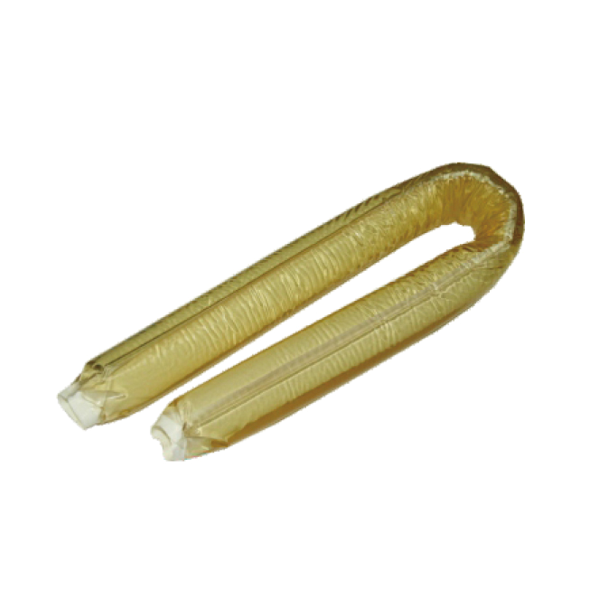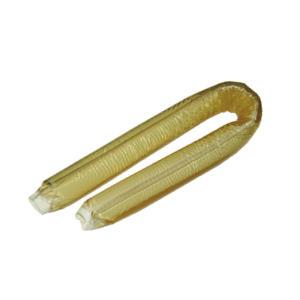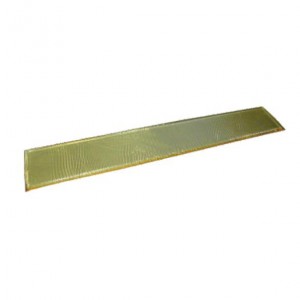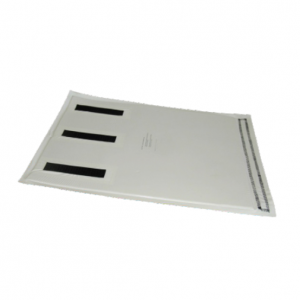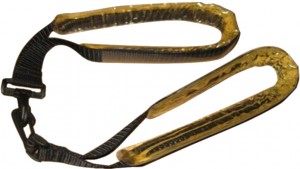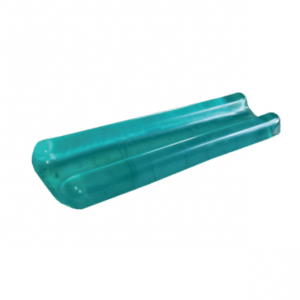
Pole Cover ORP-PC (Lithotomy Pole Strap)
Pole Cover
Model: ORP-PC-00
Function
It is used to wrap around poles in lithotomy, urology or gynecology surgery to protect patient's skin from shear due to contact with the poles.
Dimension
76 x 5.7 x 1.9cm
Weight
1.02kg
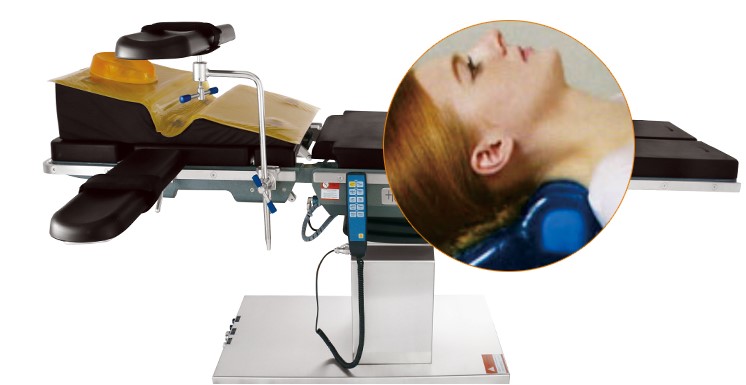
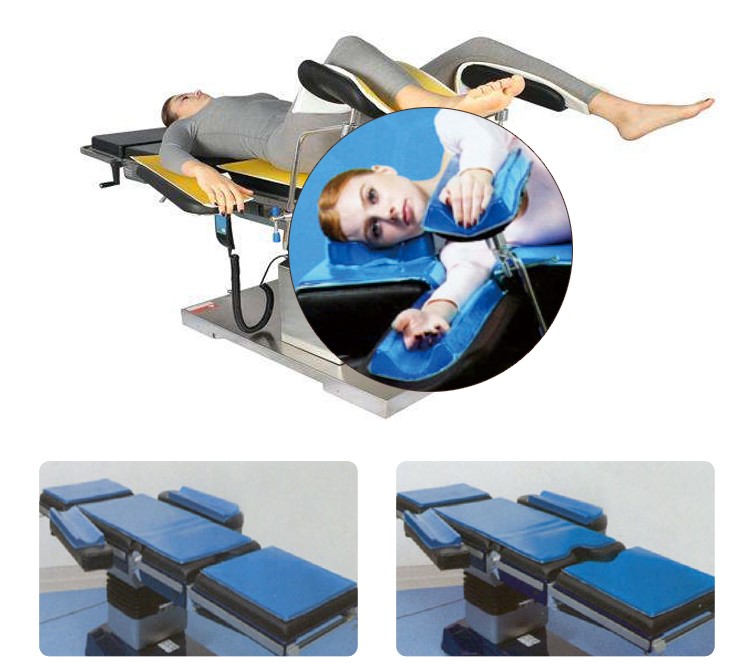
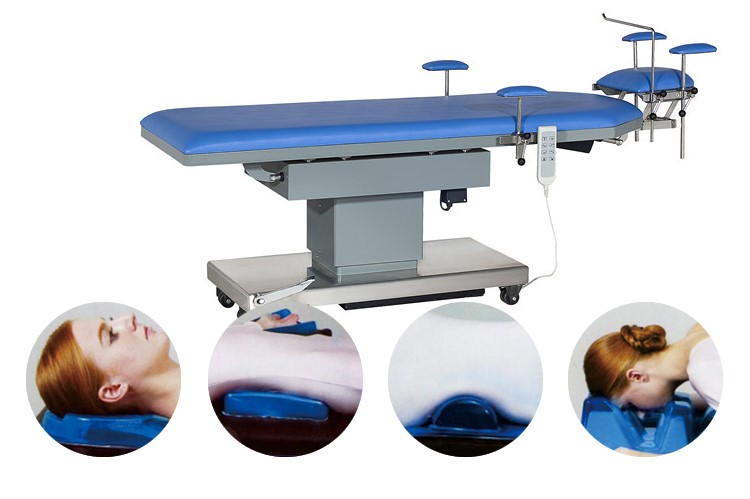
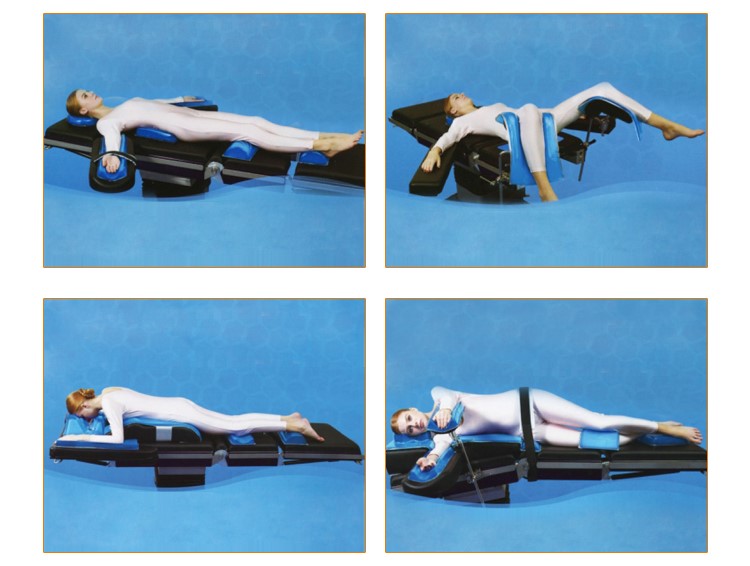
Product parameters
Product Name: Positioner
Material: PU Gel
Definition: It is a medical device which is used in an operating room to protect patient from pressure sores during surgery.
Model: Different positioners are used for different surgical positions
Color: Yellow, blue, green. Other colors and sizes can be customized
Product characteristics: Gel is a kind of high molecular material, with good softness, support, shock absorption and compression resistance, good compatibility with human tissues, X-ray transmission, insulation, non-conductive, easy to clean, convenient to disinfect, and does not support bacterial growth.
Function: Avoid pressure ulcer caused by long operation time
Product characteristics
1. The insulation is non-conductive, easy to clean and disinfect. It does not support bacterial growth and has good temperature resistance. The resistance temperature ranges from -10 ℃ to +50 ℃
2. It provides patients with good, comfortable and stable body position fixation. It maximizes the exposure of the surgical field, reduce the operation time, maximize the dispersion of pressure, and reduce the occurrence of pressure ulcer and nerve damage.
Cautions
1. Do not wash the product. If the surface is dirty, wipe the surface with a wet towel. It can also be cleaned with neutral cleaning spray for better effect.
2. After using the product, please clean the surface of the positioners on time to remove dirt, sweat, urine, etc. The fabric can be stored in a dry place after drying in a cool place. After storage, do not put heavy objects on top of the product.
What is the lithotomy position?
The lithotomy position is often used during childbirth and surgery in the pelvic area.
It involves lying on your back with your legs flexed 90 degrees at your hips. Your knees will be bent at 70 to 90 degrees, and padded foot rests attached to the table will support your legs.
The position is named for its connection with lithotomy, a procedure to remove bladder stones. While it is still used for lithotomy procedures, it now has many other uses.
Share on Pinterest
Lithotomy position during surgery
In addition to childbirth, the lithotomy position is also used for many urological and gynecological surgeries, including urethra surgery, colon surgery, removal of bladder, and rectal or prostate tumors
Patient Positioning During Anesthesia: Lithotomy
Patient transfer
● Prior to achieving any surgical position, the patient must be transferred onto the operating room table. The final position of the patient is of the utmost importance, but achieving these positions requires careful planning and coordination by the operating room team. The overall plan for each patient transfer should be discussed prior to any movement.
● Frequently, the patient can assist in positioning prior to induction of anesthesia. However, under general anesthesia, the operating room team must carefully move and position each patient. Pertinent patient comorbidities should be reviewed. For example, patients with morbid obesity or unstable spine fractures will require additional staff for transfer and positioning. When the patient is moved after the induction of general anesthesia, the anesthesiologist must be aware of any blood pressure alterations and ensure a safe systemic blood pressure prior to any patient movement.
● All monitors, intravenous lines, and the endotracheal tube need to be carefully managed when moving a patient. The eyes should be taped to avoid corneal abrasion. With excellent communication, patients can be safely and successfully transferred within the operating room.

